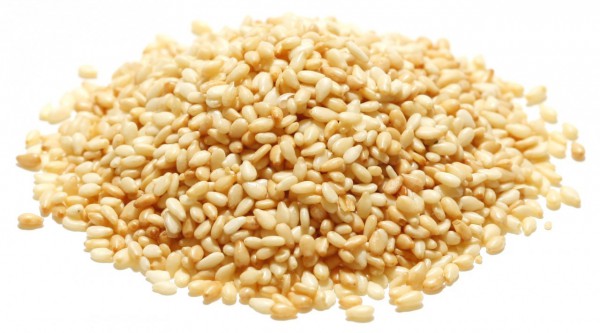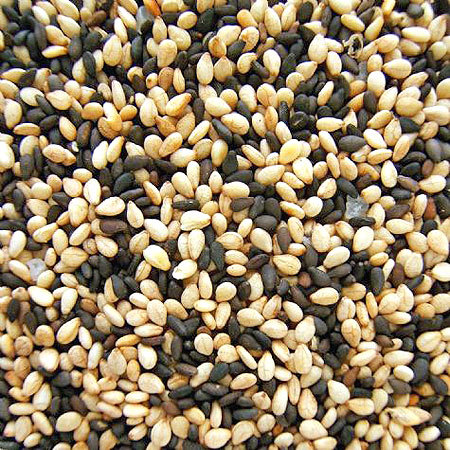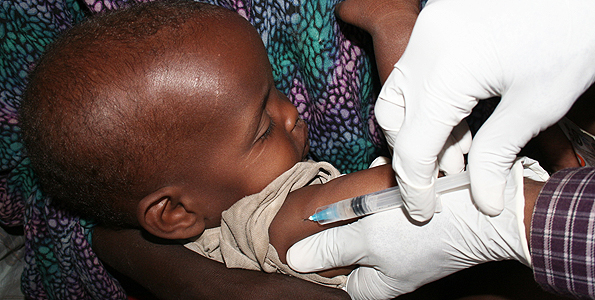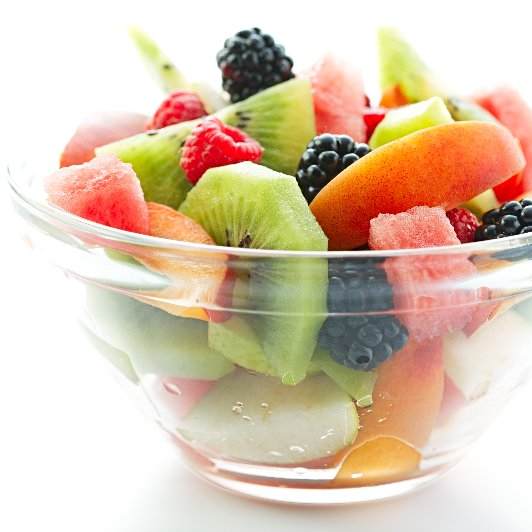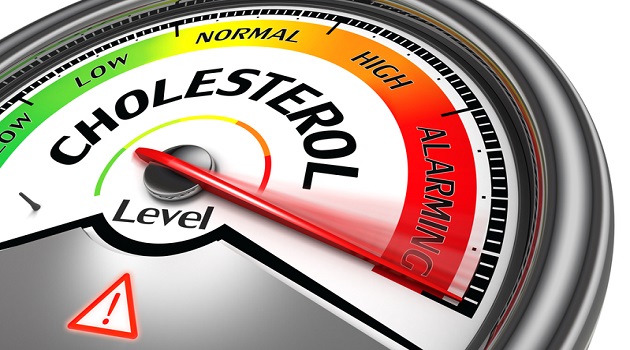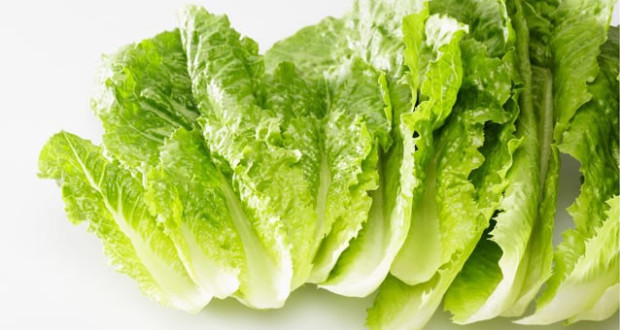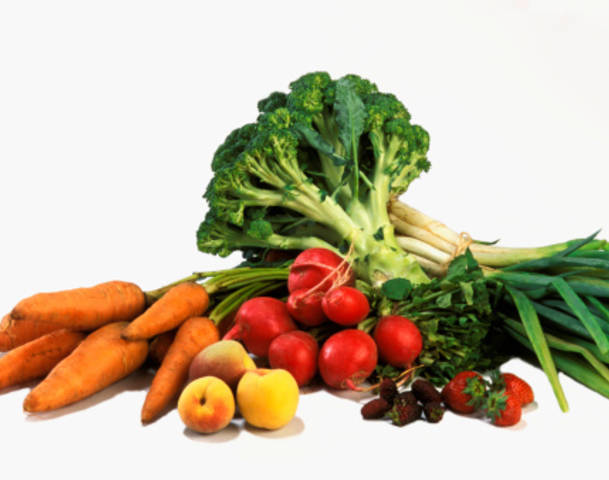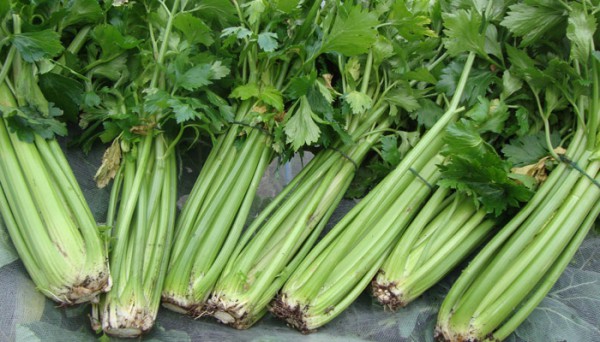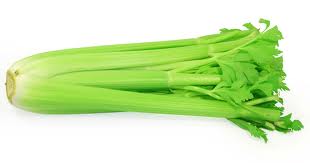Sesame (Sesamum indicum), has long been “domesticated” in our region and is used in many ways. In many traditional dishes, cakes, sweets, spreads, bread and rolls, sesame is one of the most important ingredients. And for its curative effect against baldness, dandruff, toothache, tinnitus, sciatica, disorders in breastfeeding …
Today, most sesame seeds is grown in China , India and Sudan , because its seeds contain between 45 and 60 percent of high-quality oil is used for cooking , salad and production of margarine .
Sesame is high , hardy plant with leguminous fruits , and seeds are extremely nutritionally rich and are picked ripe and then dried .
Sesame seeds contain the highest concentration of phytosterols , ingredient by chemical structure similar to cholesterol .
Phytosterols have the power , if they are sufficiently present in the diet , reducing the level of cholesterol in the blood , improve immunity and reduce the risk of certain cancers .
Otherwise, the seeds are one of the most useful supplements to the diet , while sesame seed oil is considered extremely high quality , and is often used as a substitute for olive .
Sesame oil is a good prevention against thrombus formation , or blood clot , but also against the long-term imprisonment and irregular bowel movements.
It is recommended for the removal of intestinal parasites , intestinal cleansing , as well as for the treatment of hemorrhoids accompanied by pain and bleeding .
In folk medicine is used for the rehabilitation of injuries , acne , sores, warts , burns …
Sesame is extremely rich in iron , so it is enough to eat 50 grams of seeds to meet the daily needs of man for this mineral. In addition to iron , calcium , manganese , copper , magnesium and selenium are present in large quantities .
It contains vitamin E , a powerful antioxidant, which protects cells from aging, the incidence of tumors and heart disease .
At the same time ,is an excellent source of thiamin B1 , B6 pyridoxine , niacin , folic acid and riboflavin . Sesamin is another ingredient , important in protecting the liver from oxidative damage . Proteins and omega-6 fatty acids are also important ingredients for maintaining health.
Studies have shown that sesame is effective against inflammation and pain in rheumatoid arthritis , and asthma attacks .
Although difficult for sensitive stomachs , sesame still occasionally can be consumed as it is the perfect cleaner of the digestive organs . In countries where it is grown , sesame has a strong reputation as an aphrodisiac.
HEALING TINCTURES
* For those who do not have enough calcium in the body.
Just one soak 1 tablespoon of seeds in 2 cups of yogurt and leave it to whole night the in the refrigerator. In the morning eat it on an empty stomach. This process should be repeated continuously.
* For the treatment of hemorrhoids.
Grind 1 tablespoon sesame seeds and then add two tablespoons of water. Blend it and add a teaspoon of butter. Whisk them good and then spread on a piece of toast and eat.
* Against burns.
Boil for couple of minutes two tablespoons of sesame seed .Then strain the contents of and leave the tea to cool down.Than gently apply tea with some cotton swabs on the burns several times a day.
Source: secretly healthy


